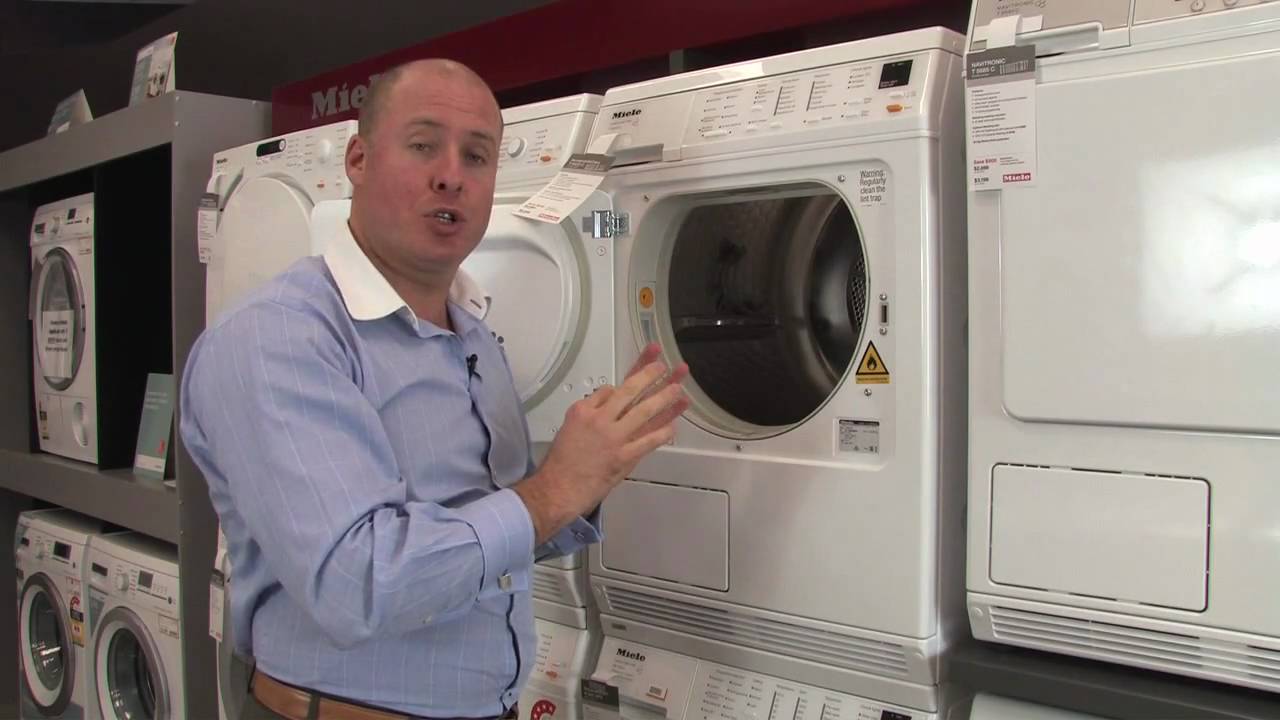

Articles
What Is A Condenser Dryer
Modified: January 19, 2024
Discover the benefits of using a condenser dryer. Our articles offer helpful insights on how this type of dryer works and its advantages.
(Many of the links in this article redirect to a specific reviewed product. Your purchase of these products through affiliate links helps to generate commission for Storables.com, at no extra cost. Learn more)
Introduction
When it comes to doing laundry, drying your clothes efficiently is just as important as washing them. With the wide variety of dryers available on the market, it can be overwhelming to choose the right one for your needs. One type of dryer that has gained popularity in recent years is the condenser dryer.
A condenser dryer is a modern and convenient appliance that offers an effective and hassle-free way to dry your clothes. Unlike traditional vented dryers that require an external vent, a condenser dryer uses advanced technology to condense the moisture from your clothes and collect it in a separate container. This eliminates the need for a vent, providing more flexibility in terms of installation and placement.
In this article, we will take a closer look at how a condenser dryer works, its key components, the advantages and disadvantages of using one, tips for using it efficiently, and maintenance and cleaning guidelines. By the end, you’ll have a comprehensive understanding of condenser dryers and whether they are the right choice for your laundry needs.
So, let’s dive in and explore the world of condenser dryers!
Key Takeaways:
- Condenser dryers offer a vent-free, energy-efficient solution for drying clothes, providing flexibility in installation and gentler treatment of fabrics. Regular maintenance is crucial for optimal performance and longevity.
- Understanding the unique drying mechanism, key components, and efficient usage tips of condenser dryers can help users make informed decisions and maximize the benefits of this modern laundry appliance.
Read more: What Is A Condenser In HVAC
How does a condenser dryer work?
A condenser dryer operates on a unique drying mechanism that differs from the traditional vented dryers. Rather than venting the hot, moist air outside, a condenser dryer uses a closed-loop system to collect and remove the moisture from your clothes.
Here’s a step-by-step explanation of how a condenser dryer works:
- Drying process initiation: When you start the drying cycle, the dryer’s heating element warms up.
- Air circulation: The dryer’s fan draws in air from the room and passes it over the heating element, which raises its temperature.
- Moisture extraction: As the warm air circulates inside the drum, it absorbs the moisture from your wet clothes.
- Condensation: The moisture-laden air is then directed into the condenser unit, where it comes into contact with a cool surface.
- Condensation process: The cool surface of the condenser causes the moisture in the air to condense into water droplets.
- Water collection: The water droplets are collected in a removable container or a built-in reservoir in the dryer.
- Continuous drying: The now-dry air is reheated and circulated back into the drum, continuing the drying process.
- Completion: Once the clothes are dry, the dryer switches off, and you can retrieve your freshly-dried laundry.
The condenser dryer’s closed-loop system allows it to operate without the need for a vent, making it more versatile in terms of installation options. You can place it anywhere in your home, including spaces without external venting access.
However, it’s important to note that condenser dryers require regular maintenance to ensure optimal performance. The condenser unit needs occasional cleaning to remove lint and debris, and the water container or reservoir should be emptied and cleaned after each use.
Now that we’ve covered the basic functioning of a condenser dryer, let’s move on to explore its key components in the next section.
Key components of a condenser dryer
A condenser dryer consists of several key components that work together to ensure efficient drying of your clothes. Understanding these components will give you a better idea of how the dryer operates and how to properly maintain it. Let’s take a closer look at the main components of a condenser dryer:
- Drum: The drum is where you place your wet clothes for drying. It rotates, ensuring that all the clothes come into contact with the warm air for effective drying. The drum is typically made of stainless steel or coated with a non-stick material to prevent clothes from sticking and reduce the risk of wrinkles.
- Heating element: The heating element is responsible for warming up the air that circulates inside the drum. It converts electrical energy into heat, raising the temperature to facilitate the evaporation of moisture from the clothes.
- Fan: The fan in a condenser dryer draws in ambient air from the room and circulates it over the heating element. This helps distribute the warm air evenly throughout the drum, allowing the moisture to evaporate from the clothes more efficiently.
- Condenser unit: The condenser unit is a vital component of a condenser dryer. It is designed to cool down the warm, moist air extracted from the drum and facilitate condensation. The condenser typically consists of a series of metal fins or coils that provide a cool surface for the moisture to condense on.
- Water container or reservoir: As the moisture condenses in the condenser unit, it drips down and collects in a water container or reservoir. This container needs to be emptied and cleaned regularly to prevent overflow and maintain optimal drying performance. Some condenser dryers have a built-in drainage system that allows the water to be drained directly.
- Lint filter: Just like traditional dryers, condenser dryers also have a lint filter. It captures lint, fibers, and other debris that come off the clothes during drying. Regular cleaning of the lint filter is essential to prevent airflow blockage and optimize drying efficiency.
- Control panel: The control panel is where you can select drying settings such as temperature and drying time. It also displays information such as the remaining drying time and allows you to customize the drying cycle according to your preferences.
Understanding these key components will help you familiarize yourself with the inner workings of a condenser dryer. In the next section, we will explore the advantages of using a condenser dryer.
Advantages of using a condenser dryer
Condenser dryers offer several advantages over traditional vented dryers. Here are some of the key benefits that make them a popular choice:
- Flexible installation: Unlike vented dryers that require an external vent, condenser dryers can be installed anywhere in your home. Whether you have a dedicated laundry room or limited space, you can easily place a condenser dryer without worrying about venting requirements. This flexibility gives you more options for laundry room placement.
- No venting needed: As mentioned, condenser dryers do not require a vent to expel the hot, moist air. Instead, they use a closed-loop system to extract and condense the moisture, collecting it in a container. This eliminates the need for complex venting installations, making it a convenient choice for those who might not have access to external venting.
- Energy efficient: Condenser dryers are designed to be energy efficient, utilizing advanced technology and sensors to optimize drying performance. They offer better heat recycling, which results in reduced energy consumption compared to traditional vented dryers. This not only helps you save on energy bills but also reduces your environmental footprint.
- Gentler on clothes: Condenser dryers operate at lower temperatures, which is gentler on your clothes and helps prevent over-drying and shrinkage. The moisture is evaporated more slowly, allowing your clothes to retain their quality and texture. This is especially beneficial for delicate fabrics that are prone to damage from high heat.
- Less humidity in the room: Since the moist air is condensed and collected in a separate container, condenser dryers release less humidity into the room during the drying process. This is particularly advantageous in humid climates or in areas where excess moisture can lead to mold and mildew growth. It helps maintain a comfortable and dry environment in your home.
- Quieter operation: Condenser dryers tend to have a quieter operation compared to vented dryers. The closed-loop system and improved insulation help reduce noise levels during the drying process, making it a great choice for homes where noise sensitivity is a concern.
With these advantages, condenser dryers offer a convenient and efficient way to dry your clothes without the need for external venting. However, it’s important to consider the potential drawbacks as well, which we will explore in the next section.
Disadvantages of using a condenser dryer
While condenser dryers offer many benefits, it’s important to consider their potential drawbacks as well. Here are some of the disadvantages associated with using a condenser dryer:
- Longer drying times: Due to the lower heat levels and the condensation process, condenser dryers typically take longer to dry clothes compared to vented dryers. This can be a disadvantage if you have a large amount of laundry to dry or if you need your clothes dried quickly.
- Higher purchase cost: Condenser dryers tend to be more expensive upfront than vented dryers. The advanced technology and additional components contribute to the higher price tag. However, it’s important to consider the long-term energy savings and convenience that a condenser dryer provides.
- Regular maintenance required: To ensure optimal performance, condenser dryers require regular maintenance. The condenser unit, lint filter, and water container need to be cleaned regularly to prevent lint buildup, blockages, and maintain efficient drying. Neglecting maintenance can lead to reduced drying performance and potential issues with the dryer.
- Water container management: With condenser dryers, you need to empty and manage the water container or reservoir regularly. Forgetting to empty the container can result in water overflow, potentially damaging the dryer and causing water leakage. Some newer models may offer a direct drainage option, allowing the water to be drained automatically.
- Potential for mold or bacteria growth: If the condenser unit and water container are not cleaned and maintained properly, there is a risk of mold or bacteria growth. It’s crucial to follow the manufacturer’s guidelines for cleaning and maintenance to prevent any health concerns or unpleasant odors.
- Limited drying capacity: Condenser dryers typically have a smaller drying capacity compared to vented dryers. This means you may need to dry larger loads separately or invest in a larger model if you have a significant amount of laundry to dry regularly.
Despite these disadvantages, many users find that the benefits of condenser dryers outweigh the drawbacks. It’s essential to weigh these factors against your specific needs and circumstances to make an informed decision.
In the next section, we will provide some tips for using a condenser dryer efficiently.
When using a condenser dryer, make sure to regularly clean the condenser unit to maintain its efficiency. This will help prevent lint and debris from building up and obstructing the airflow, ensuring that your dryer continues to work effectively.
Read more: What Is An Air Conditioner Condenser
Tips for using a condenser dryer efficiently
To make the most out of your condenser dryer and ensure efficient and effective drying of your clothes, follow these tips:
- Load the dryer properly: Avoid overloading the dryer as it can hinder airflow and result in longer drying times. Follow the manufacturer’s guidelines regarding the maximum load capacity for your specific model.
- Sort your laundry: Separate your clothes based on fabric type, thickness, and drying requirements. This allows you to set the appropriate drying settings for different garments and prevent over-drying or damage.
- Pre-treat stains: Treat any stains or spots on your clothes before putting them in the dryer. This will help ensure that the stains are properly removed during the drying process and prevent them from setting in permanently.
- Use the correct drying settings: Consult the dryer’s instruction manual to understand the different drying settings and their specific purposes. Select the appropriate temperature and drying time based on the fabric type and the level of dryness you desire.
- Clean the lint filter regularly: Cleaning the lint filter before every use helps maintain proper airflow and prevents lint buildup. This improves drying efficiency and reduces the risk of overheating.
- Clean the condenser unit: Regularly clean the condenser unit as instructed by the manufacturer. Remove any lint or debris that may have accumulated on the fins or coils. This ensures optimal heat exchange and prevents clogging that could affect drying performance.
- Empty and clean the water container: After each drying cycle, empty and clean the water container or reservoir to prevent water overflow and potential mold or bacteria growth. Follow the manufacturer’s guidelines for proper cleaning and maintenance.
- Allow for proper ventilation: Ensure that the area around the dryer has sufficient ventilation and airflow. This helps dissipate any heat generated by the dryer and prevents the accumulation of moisture in the room.
- Regularly inspect and maintain the dryer: Check the dryer for any signs of wear or damage. If you notice any issues, such as strange noises or reduced drying performance, contact a professional for inspection and repairs.
- Follow manufacturer’s guidelines: Always refer to the manufacturer’s instructions and guidelines for operating, cleaning, and maintaining your specific condenser dryer. Following these guidelines will help ensure the best performance and longevity of your appliance.
By following these tips, you can maximize the efficiency of your condenser dryer and achieve perfectly dried clothes every time. Now let’s dive into the maintenance and cleaning aspects of a condenser dryer in the next section.
Maintenance and cleaning of a condenser dryer
Regular maintenance and proper cleaning are essential for keeping your condenser dryer in optimal condition and ensuring efficient performance. Here are some important maintenance and cleaning tasks to consider:
- Cleaning the lint filter: Before each use, clean the lint filter to remove any lint or debris that has accumulated. This promotes proper airflow and prevents lint buildup that can affect drying performance.
- Cleaning the condenser unit: The condenser unit is responsible for condensing moisture during the drying process. Over time, it can collect lint and debris, hampering its effectiveness. Refer to your dryer’s manual for instructions on how to clean the condenser unit properly. It may involve removing the unit and rinsing it under running water or using a soft brush to remove any buildup.
- Emptying and cleaning the water container: After each drying cycle, empty and clean the water container or reservoir. This helps prevent water overflow and the growth of mold or bacteria. Follow the manufacturer’s instructions for proper cleaning and disposal of the collected water.
- Inspecting the drum: Periodically check the drum for any signs of damage or residue. Wipe the drum clean with a damp cloth to remove any buildup or stains that may affect the drying process or transfer onto your clothes.
- Checking the venting system: Even though condenser dryers do not require external venting, it’s important to ensure that the venting system, if present (e.g., for the fan), is not blocked or obstructed. Clear any debris or lint that may have accumulated in the venting system to maintain proper airflow.
- Inspecting the power cord: Regularly check the power cord for any signs of wear or damage. If you notice any frayed wires or exposed parts, contact a professional technician to have the cord replaced to avoid any electrical hazards.
- Scheduling professional maintenance: Consider scheduling professional maintenance for your condenser dryer every few years. A qualified technician can inspect the internal components, clean hard-to-reach areas, and address any potential issues that may affect the dryer’s performance.
Remember to always follow the manufacturer’s guidelines for maintenance and cleaning specific to your condenser dryer model. These guidelines ensure proper care and help extend the lifespan of your appliance.
Now that we’ve covered the maintenance and cleaning aspects, let’s address some frequently asked questions about condenser dryers.
Frequently asked questions about condenser dryers
Here are some common questions that people often have about condenser dryers:
- Can I install a condenser dryer without an external vent?
- How long does it take for clothes to dry in a condenser dryer?
- Are condenser dryers energy efficient?
- Can I dry all types of fabrics in a condenser dryer?
- Do condenser dryers generate a lot of heat in the laundry room?
- Can I stack a condenser dryer on top of a washing machine?
- How often should I clean the lint filter and condenser unit?
Yes, one of the main advantages of a condenser dryer is that it does not require an external vent. The moisture from the clothes is condensed and collected in a container, eliminating the need for venting.
Drying times can vary depending on several factors, including the load size, fabric type, and desired dryness level. Generally, it may take longer to dry clothes in a condenser dryer compared to a vented dryer due to the lower heat levels. However, using the appropriate drying settings and avoiding overloading the dryer can help optimize drying times.
Yes, condenser dryers are designed to be energy efficient. They utilize advanced technology and sensors to optimize drying performance while reducing energy consumption. The closed-loop system and heat recycling contribute to the overall energy efficiency of these dryers.
Condenser dryers are suitable for drying a wide range of fabrics, including cotton, synthetic, and delicate materials. However, it’s important to check the care label on your garments for any specific drying instructions. Some delicate fabrics may require lower heat settings or air-drying instead.
Condenser dryers release less heat into the room compared to vented dryers since the moisture is condensed, and there is no need for external venting. However, it’s still important to provide proper ventilation in the laundry room to dissipate any heat and maintain a comfortable environment.
Some condenser dryers are designed to be stacked on top of a compatible washing machine. This can be a space-saving option in smaller laundry areas. However, it is crucial to ensure that the dryer and washing machine are from the same brand and have the necessary stacking kit to ensure stability and safety.
It’s recommended to clean the lint filter before each use to maintain proper airflow. As for the condenser unit, it should be cleaned according to the manufacturer’s guidelines, which is typically every few months or as needed. Regular cleaning of these components helps optimize drying performance and prevents lint buildup.
If you have any further questions or concerns about condenser dryers, it’s always a good idea to consult the manufacturer’s instructions or reach out to their customer support for personalized assistance.
Now, let’s wrap up our discussion on condenser dryers.
Conclusion
Condenser dryers offer a convenient and efficient solution for drying clothes without the need for external venting. With their flexibility in installation, energy efficiency, and gentleness on clothes, they have become a popular choice for many households. However, it’s important to consider the potential drawbacks, such as longer drying times and regular maintenance requirements.
To make the most out of your condenser dryer, it’s essential to follow proper usage tips, including loading the dryer correctly, sorting your laundry, and selecting the appropriate drying settings. Regular maintenance tasks such as cleaning the lint filter, condenser unit, and emptying the water container are also important to ensure optimal drying performance.
Frequently asked questions about condenser dryers often revolve around their installation, energy efficiency, drying times, and fabric compatibility. It’s always recommended to consult the manufacturer’s instructions, care labels on clothing, and seek assistance from customer support for personalized guidance.
In conclusion, condenser dryers provide a versatile, vent-free solution for efficient clothes drying. By understanding their functioning, key components, advantages, disadvantages, and maintenance requirements, you can make an informed decision on whether a condenser dryer is the right choice for your laundry needs. With proper care and usage, a condenser dryer can simplify your laundry routine and provide you with freshly-dried clothes every time.
Frequently Asked Questions about What Is A Condenser Dryer
Was this page helpful?
At Storables.com, we guarantee accurate and reliable information. Our content, validated by Expert Board Contributors, is crafted following stringent Editorial Policies. We're committed to providing you with well-researched, expert-backed insights for all your informational needs.
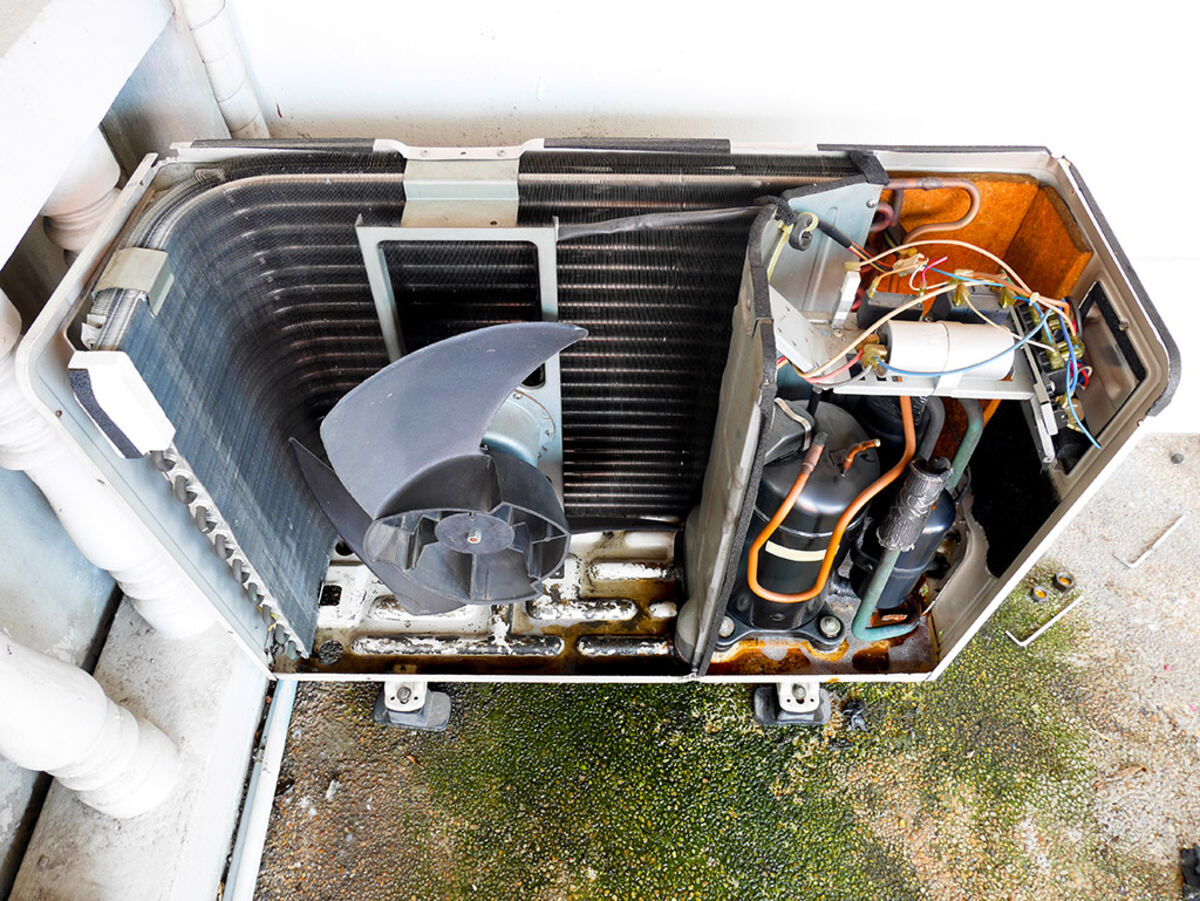
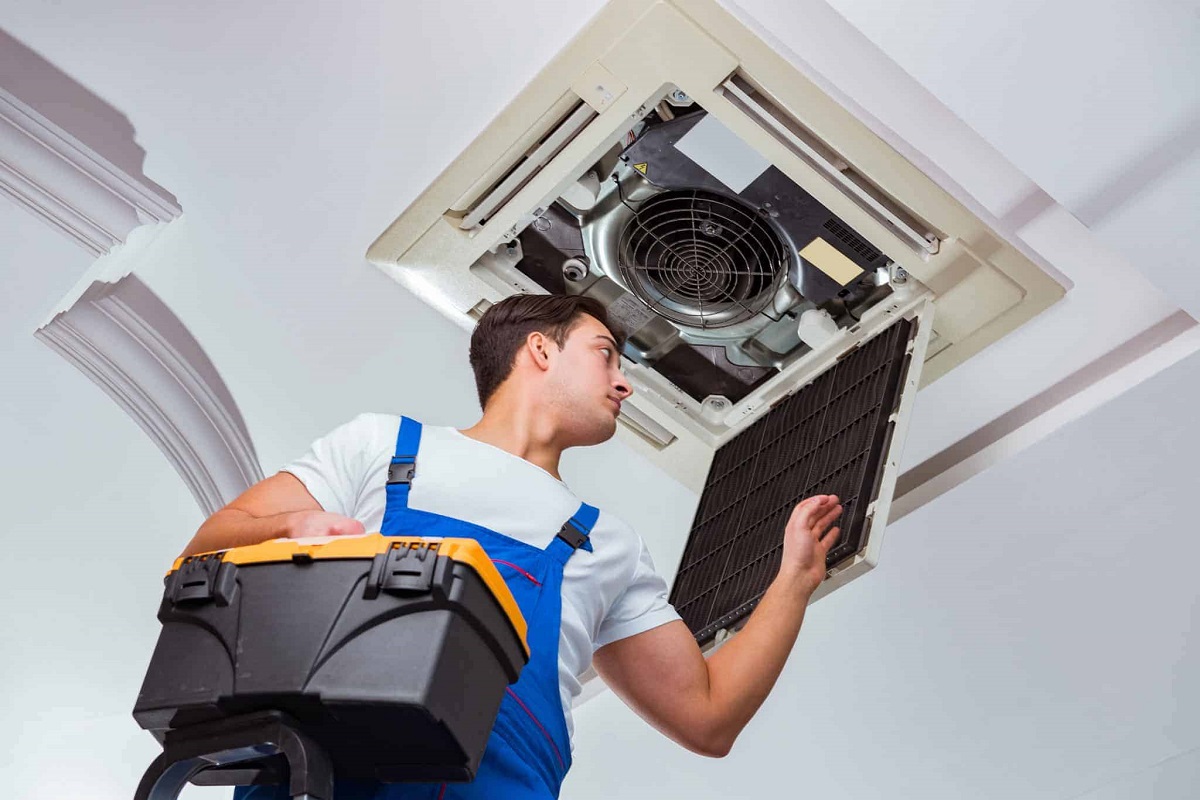
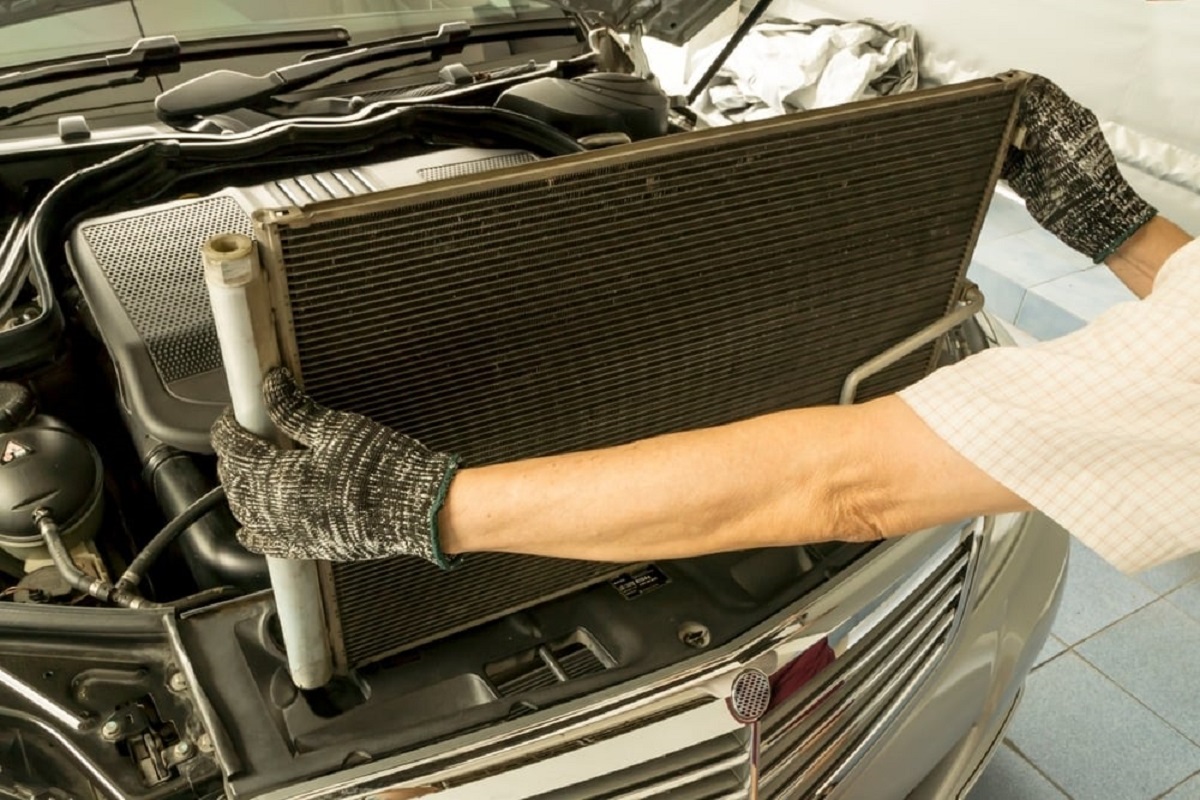
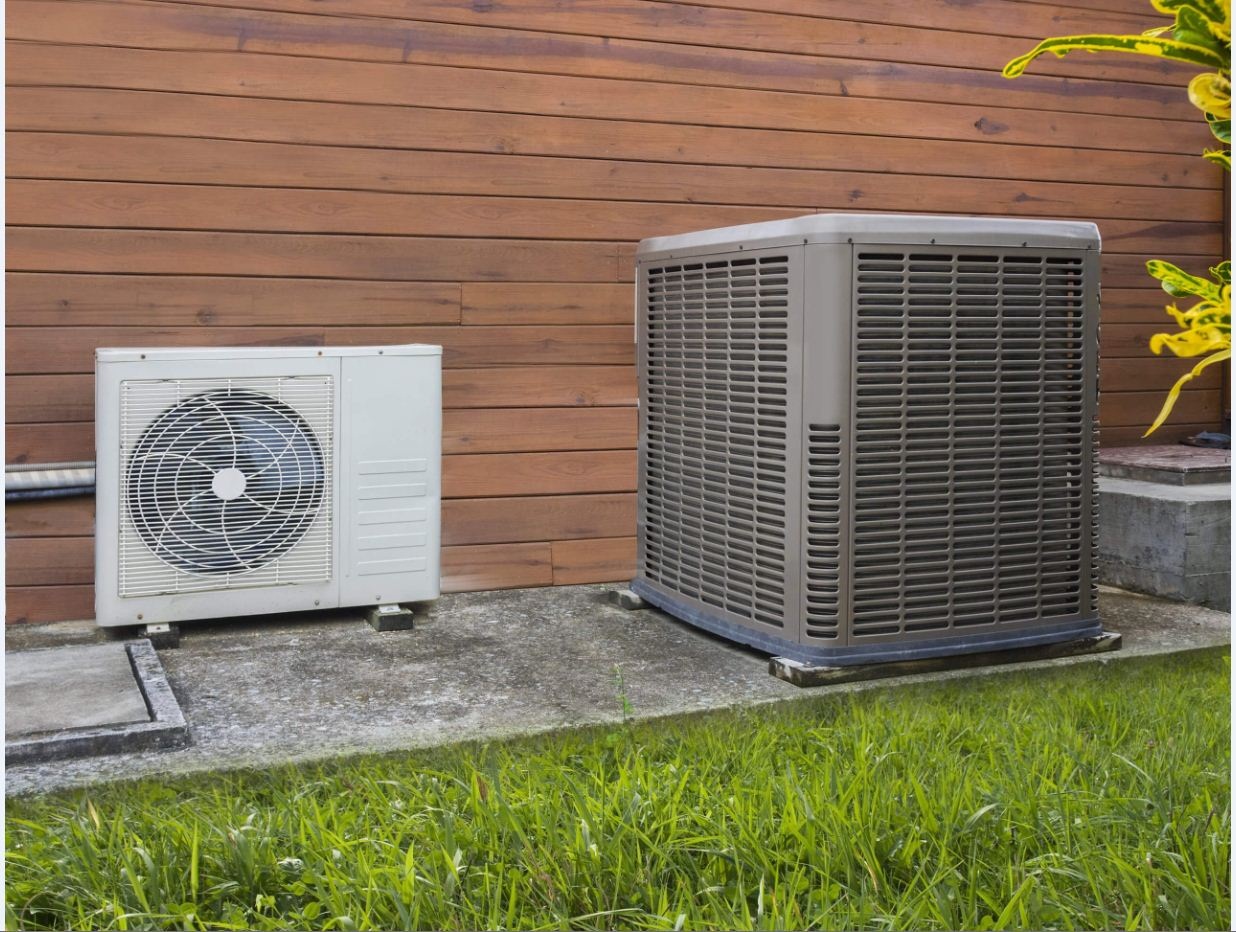
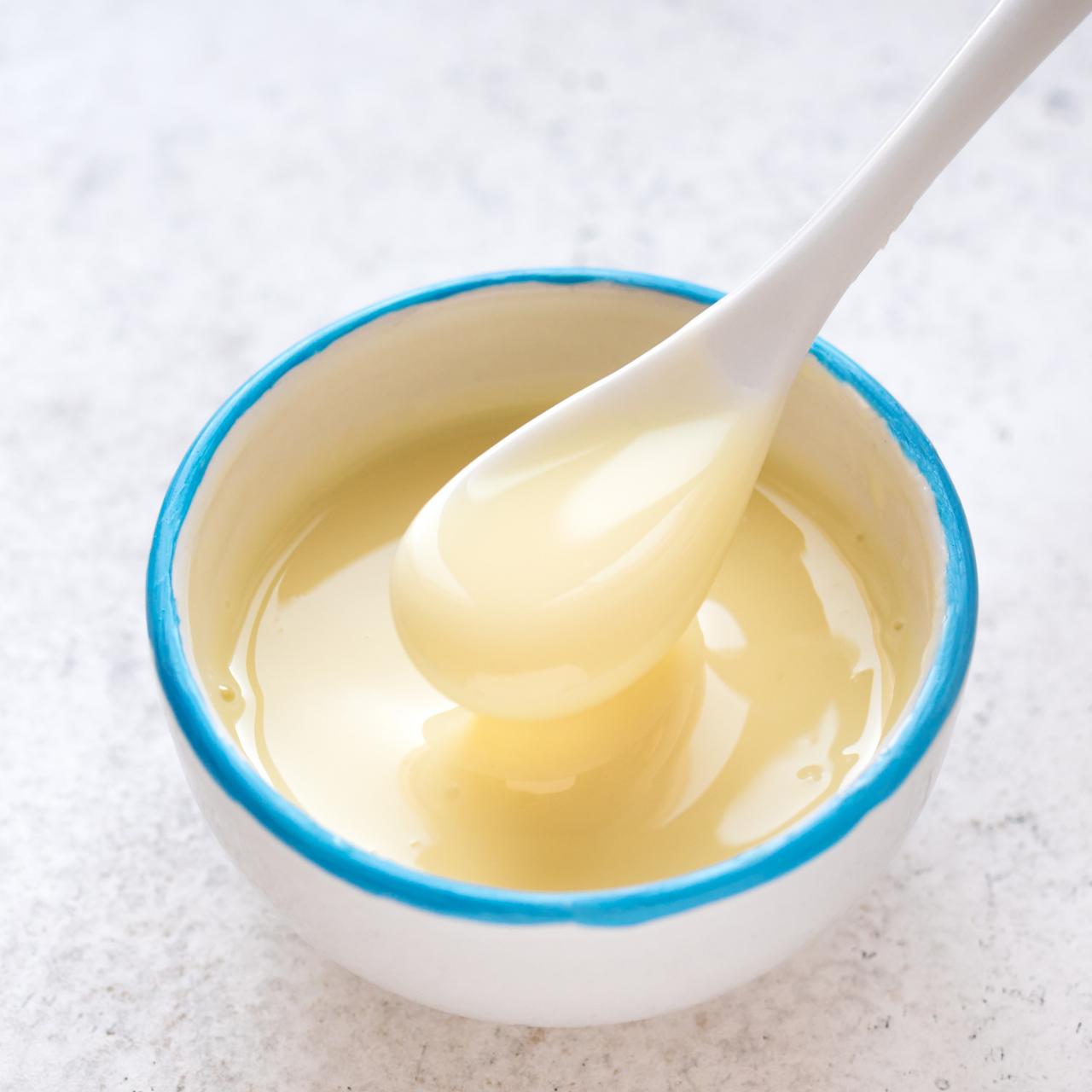
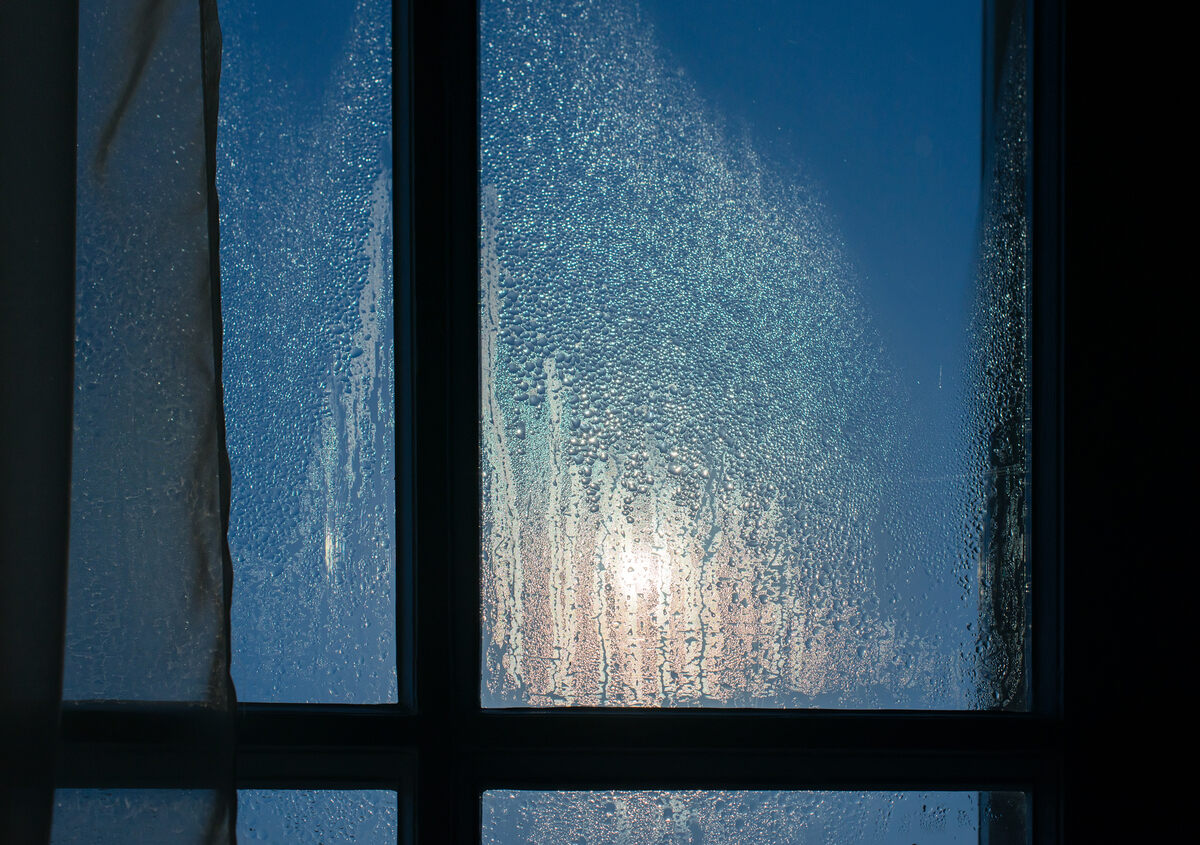
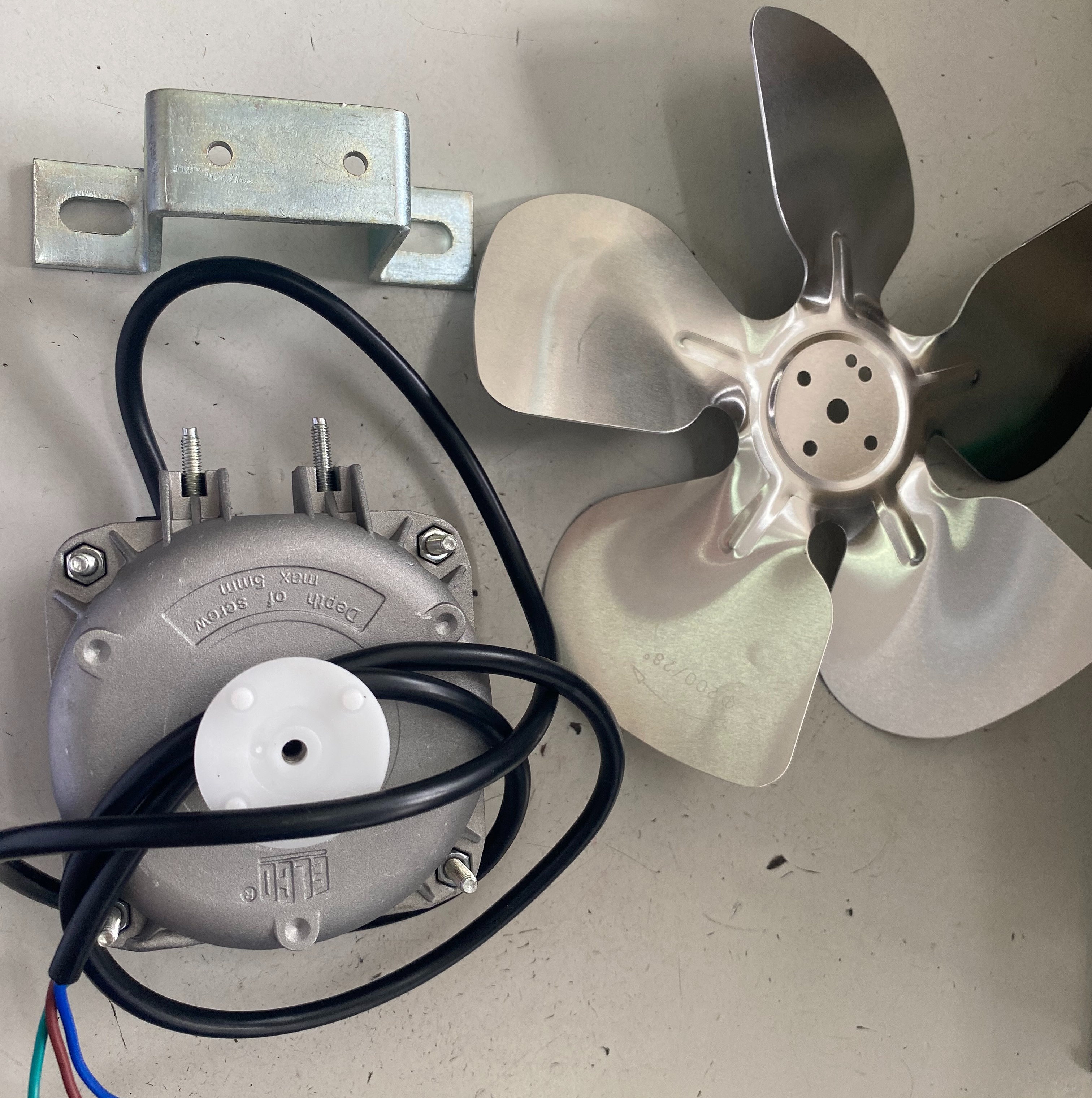
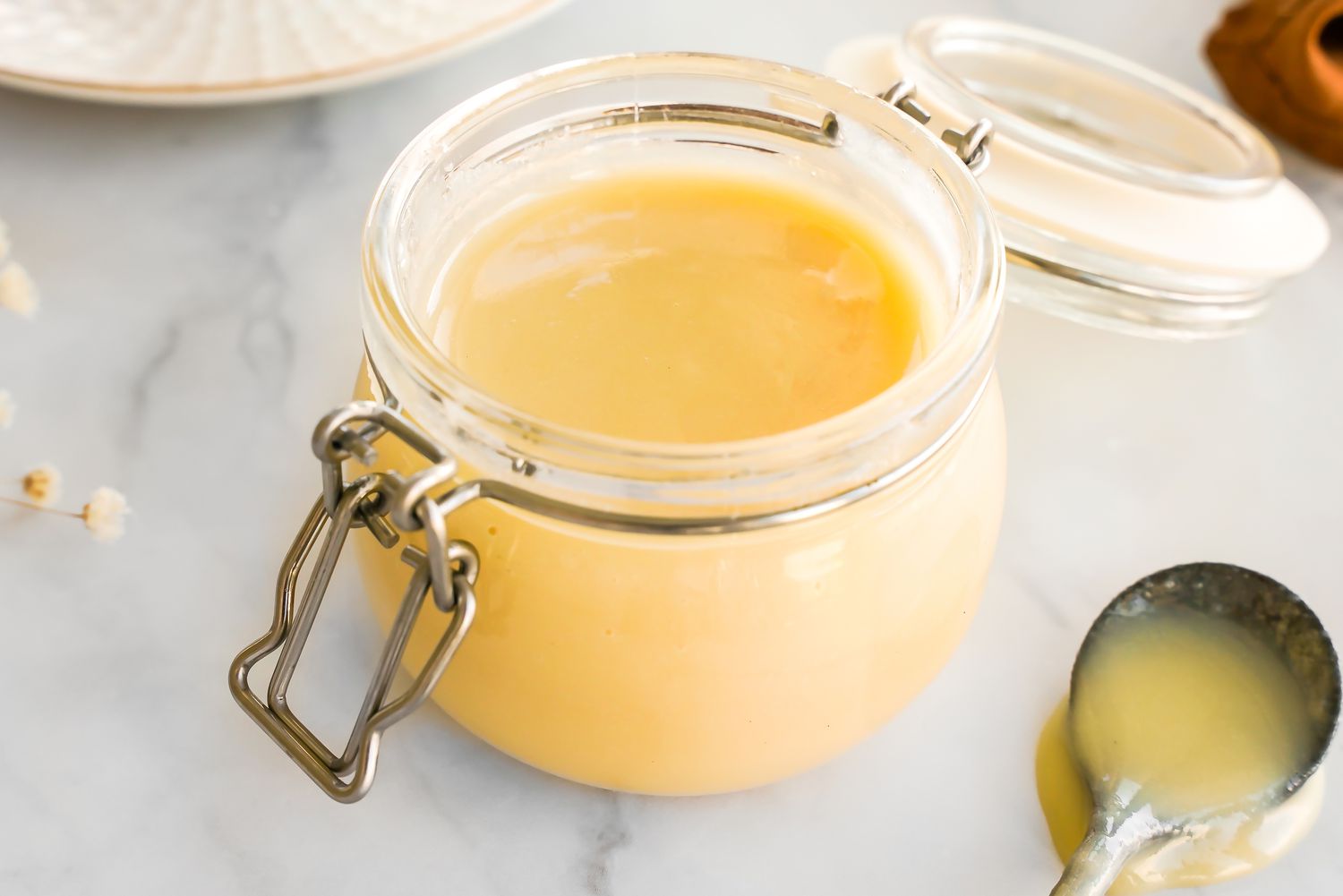
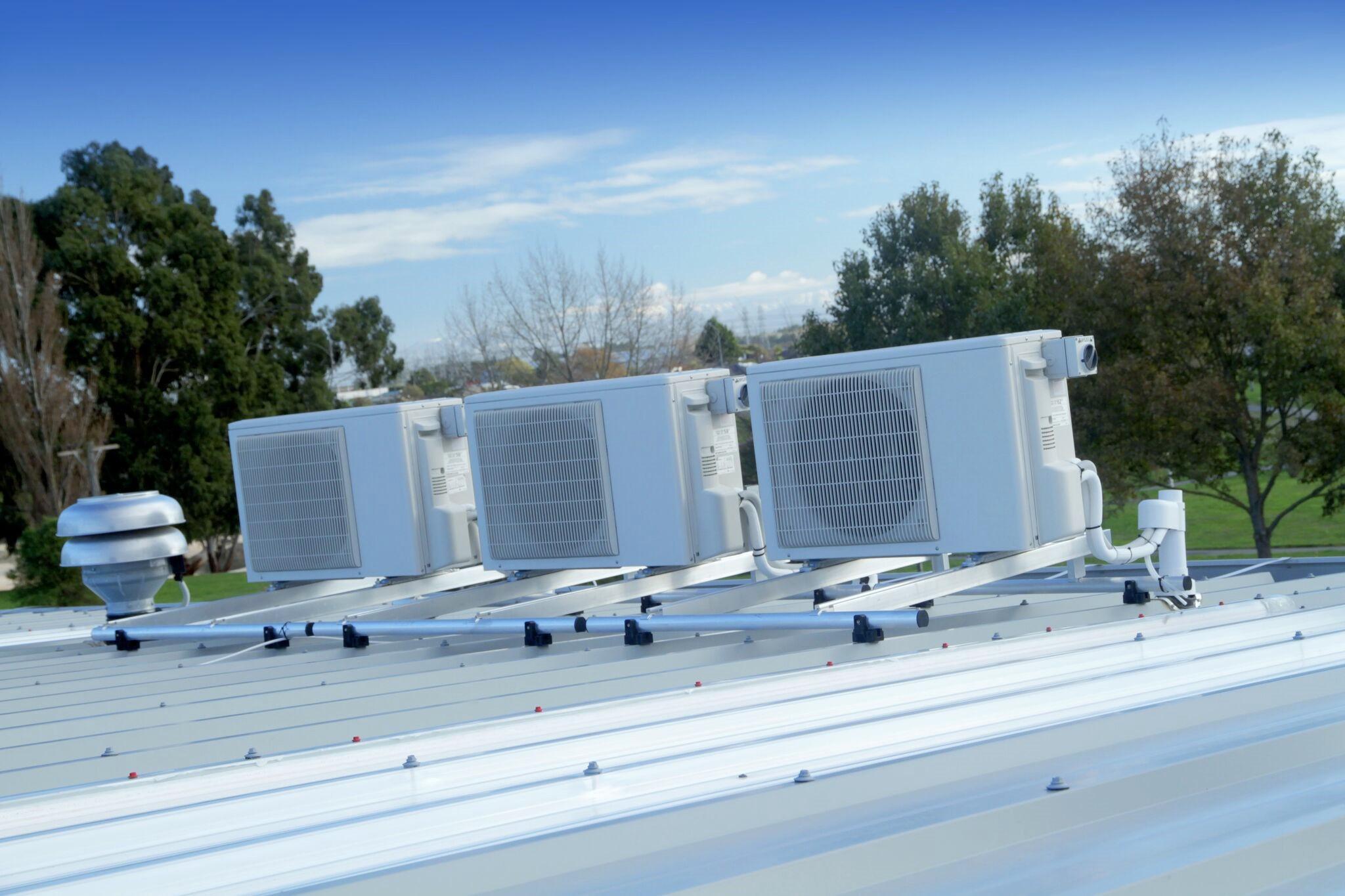
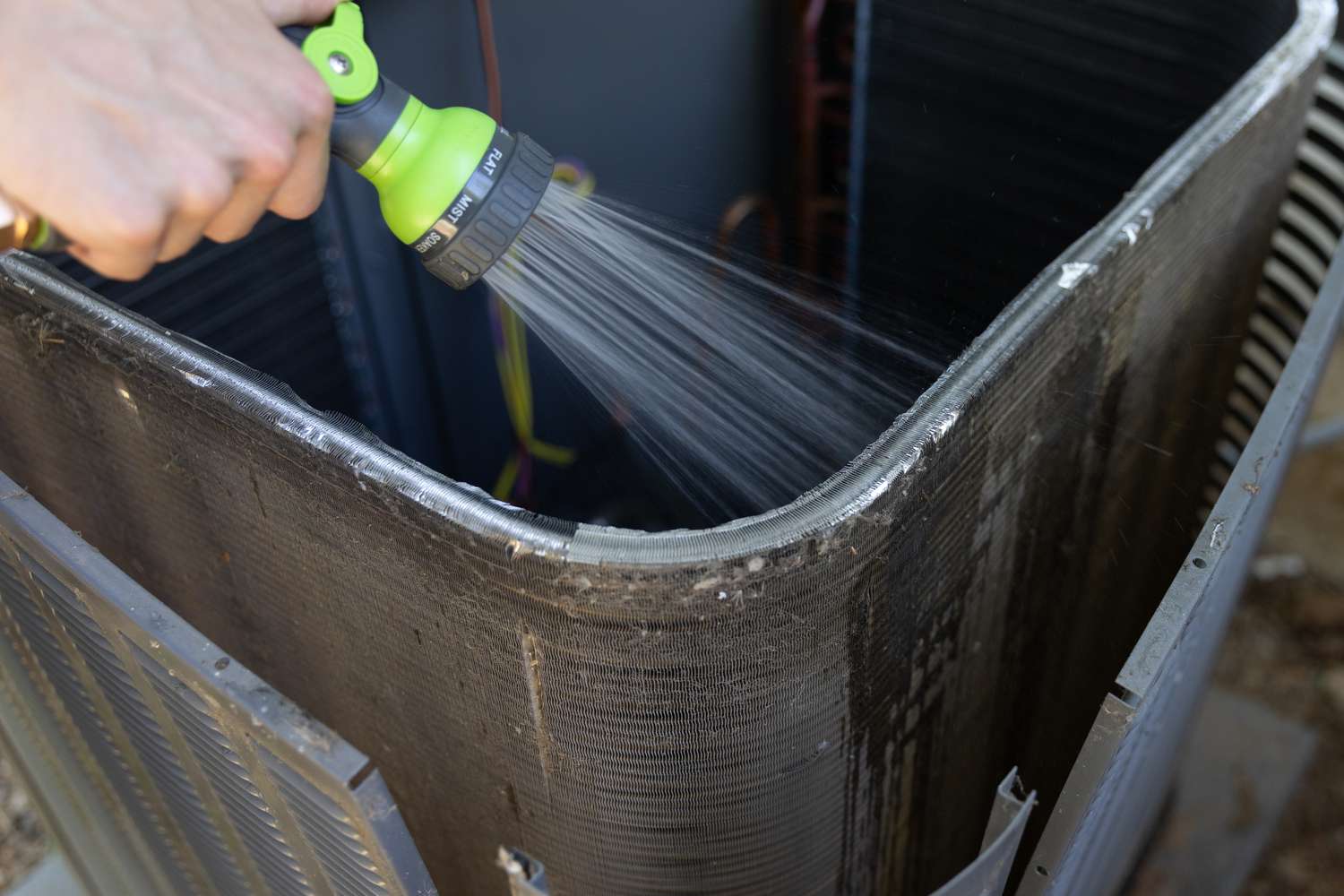
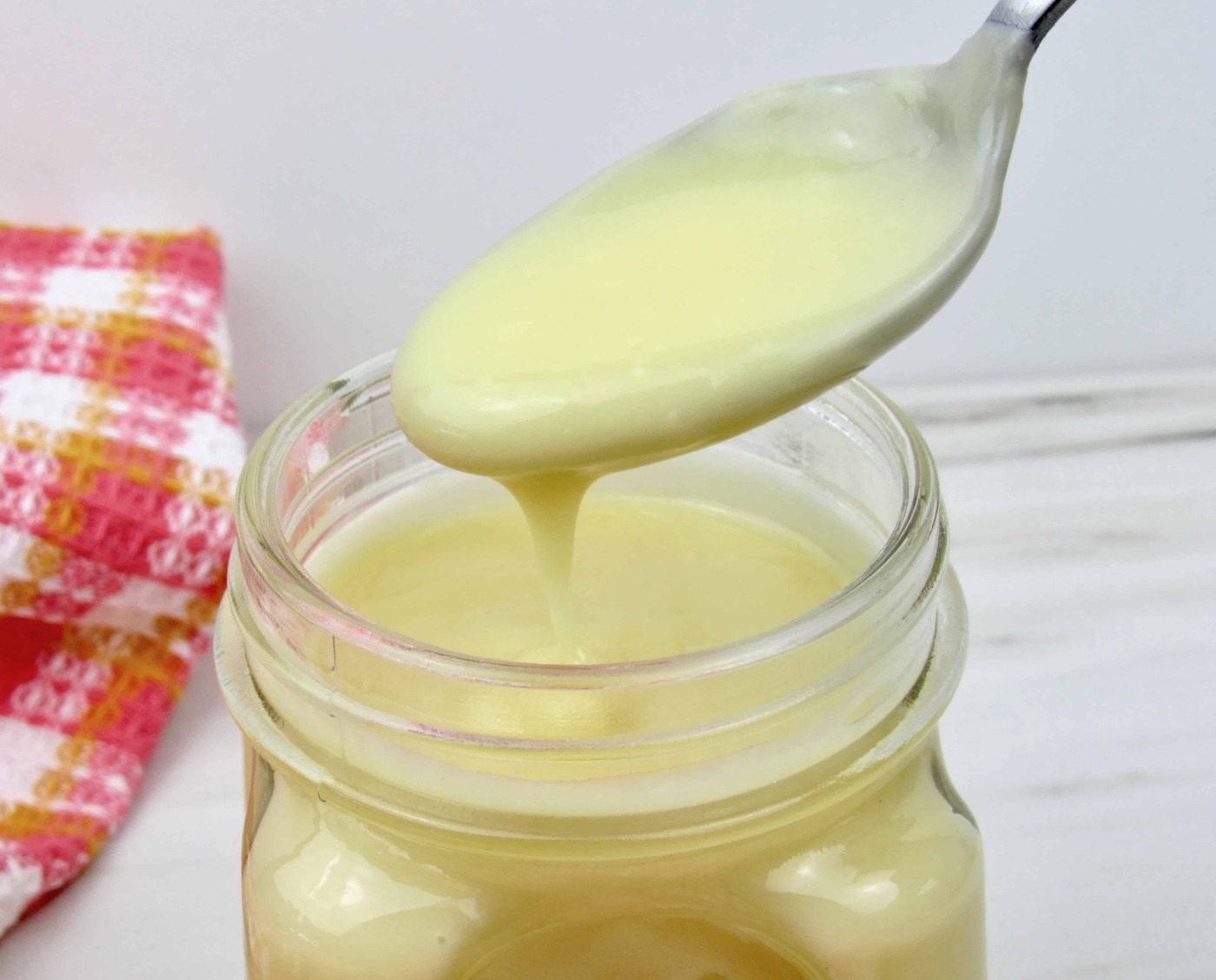
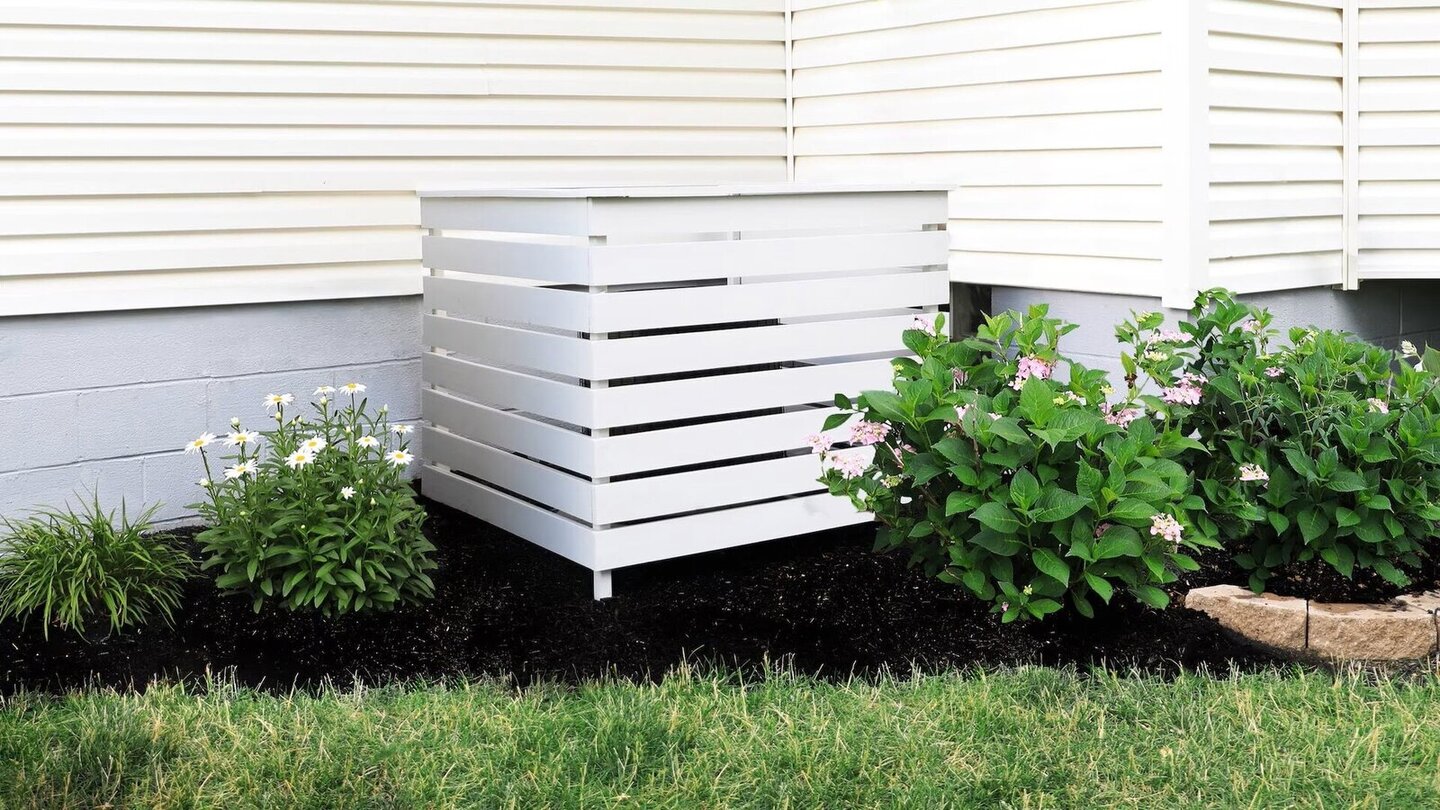
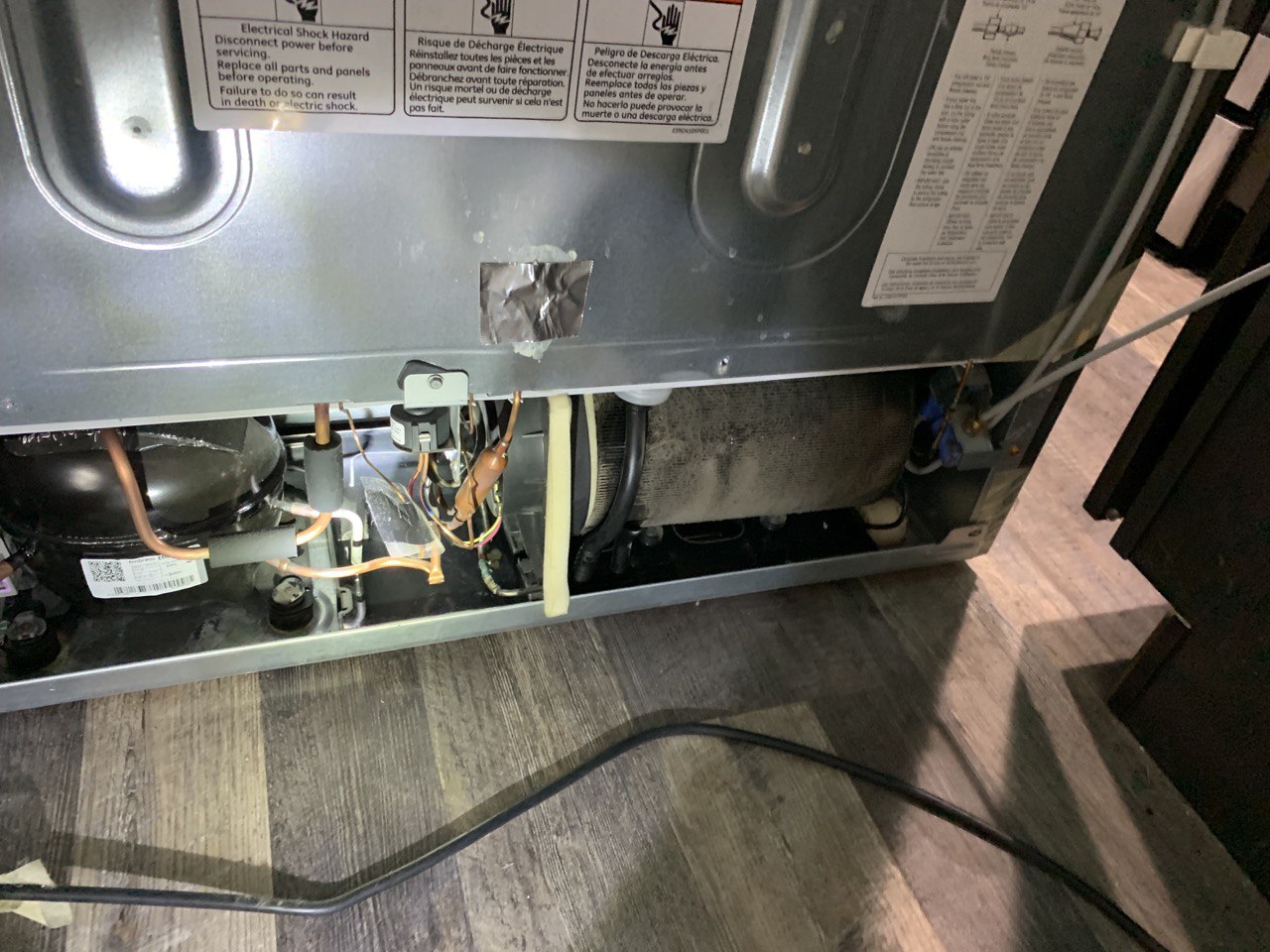
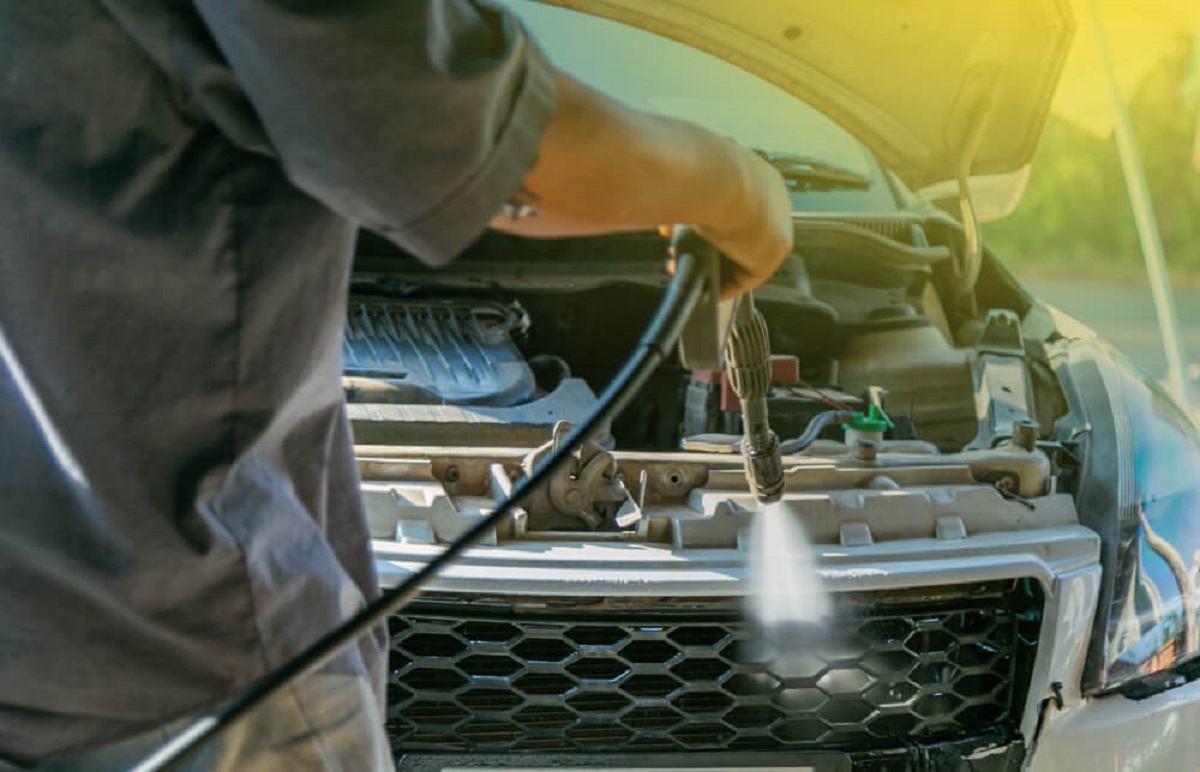

0 thoughts on “What Is A Condenser Dryer”